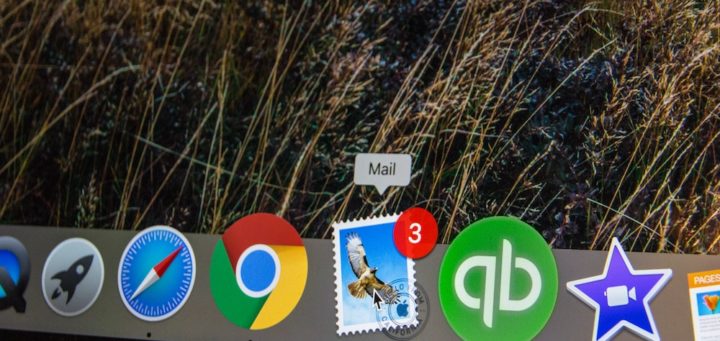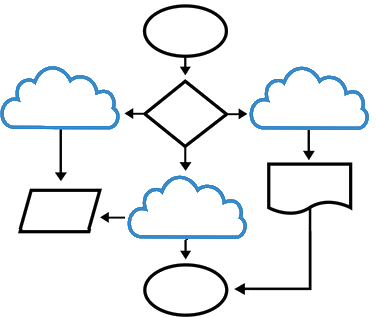The Basics of Email Marketing: Segmenting Lists
Now that we’ve explained the importance of email marketing to your overall marketing strategy, we must delve into more specific topics that will help you improve and enhance your campaigns.
Segmenting lists is an important concept of email marketing that will help you more easily target your customers. Segmentation makes it possible for you to send email content to your subscribers that is tailored to their wants and needs, which will improve your open and click-through and conversion rates.
Buyer Personas
Your buyers are not all the same; each one has different wants, different needs, is at a different stage of the buying process. Determining your company’s buyer personas is the first step in building out your segmented lists. Hubspot has posted a great guide to help you develop your buyer personas, by asking yourself the following 9 questions:
What is their demographic information?
What is their job and level of seniority?
What does a day in their life look like?
What are their pain points?
What do they value most? What are their goals
Where do they go for information?
What experience are they looking for when shopping for your products and services?
What are their most common objectives to your product or service?
How do I identify this persona?
Once you’ve used these questions to help you understand what types of people make up your customer list, list segmentation becomes much easier to do. You can now send emails tailored to these specific segmented customer lists, ensuring the content you’re sending is the most relevant content they are looking to receive, which will improve their loyalty to you and their desire to purchase your products or services. You can also use segmentation to reward these customers for their loyalty, drive repeat purchases, and encourage existing customers to refer new business.
How To Implement Segmented Lists
You need basic customer information in order to start segmenting your lists, such as gender and location. You can collect more detailed information via user profiles at a later time: only the basics are needed initially to get started.
You’ll also need to use an email marketing tool, like Mailchimp or AWeber. These tools will not only help you organize your segments automatically, but they’ll also give you the ability to parse email content by segment. Stay tuned for our next post for an in-depth review of our favorite tools!
Ways to Segment Your Email List
There are many, many ways for you to segment your customer list to provide more relevant content to your subscribers. Here are some samples of the types of segmentation you can implement:
- Age: knowing the age of the people on your email lists can help you target different age ranges with different methods or promotions. It may also help you remove those ages that you may not want on your target list.
- Gender: similar to Age, your email content and messaging may differ based on gender as well.
- Geography/Location: if you own a brick and mortar business in Vancouver, you should not be marketing to a customer base in Calgary. Or if you want to offer free shipping across Canada, you can’t be marketing the coupon code to those customers living in the U.S. Knowing where your customers live and marketing to their location is essential to building a positive email reputation.
- Past Purchases: offering product or service recommendations based on past purchases is a solid way to keep and maintain customer loyalty, and take advantage of upsell opportunities.
- Industry: Different industries should be approached and marketed differently. Knowing your customer’s industry may allow you to add a level of personalization or authority to your content.
- Buying Frequency: reward frequent shoppers with loyalty programs or coupon codes.
- Format of Content: this is an interesting one: you can segment your customer list based on their preferred format. For example, if you find certain subscribers repeatedly sign up for webinars, or click-through to your blog content, you can tailor your emails to send or promote content in their preferred format.
You always want to keep a positive email reputation with your customer base. Sending them irrelevant or spammy content will only lead them to “unsubscribe”. Take the time to understand who your clients are and what they want from you, and segment lists that will attract these buyer personas in unique and relevant ways.
Our next post will show you the best email marketing tools to help you implement segmented lists automatically – so stay tuned to our blog to find out more!
Did we sell you on email segmentation? What other types of list segmentation have you experimented or had experience with?


